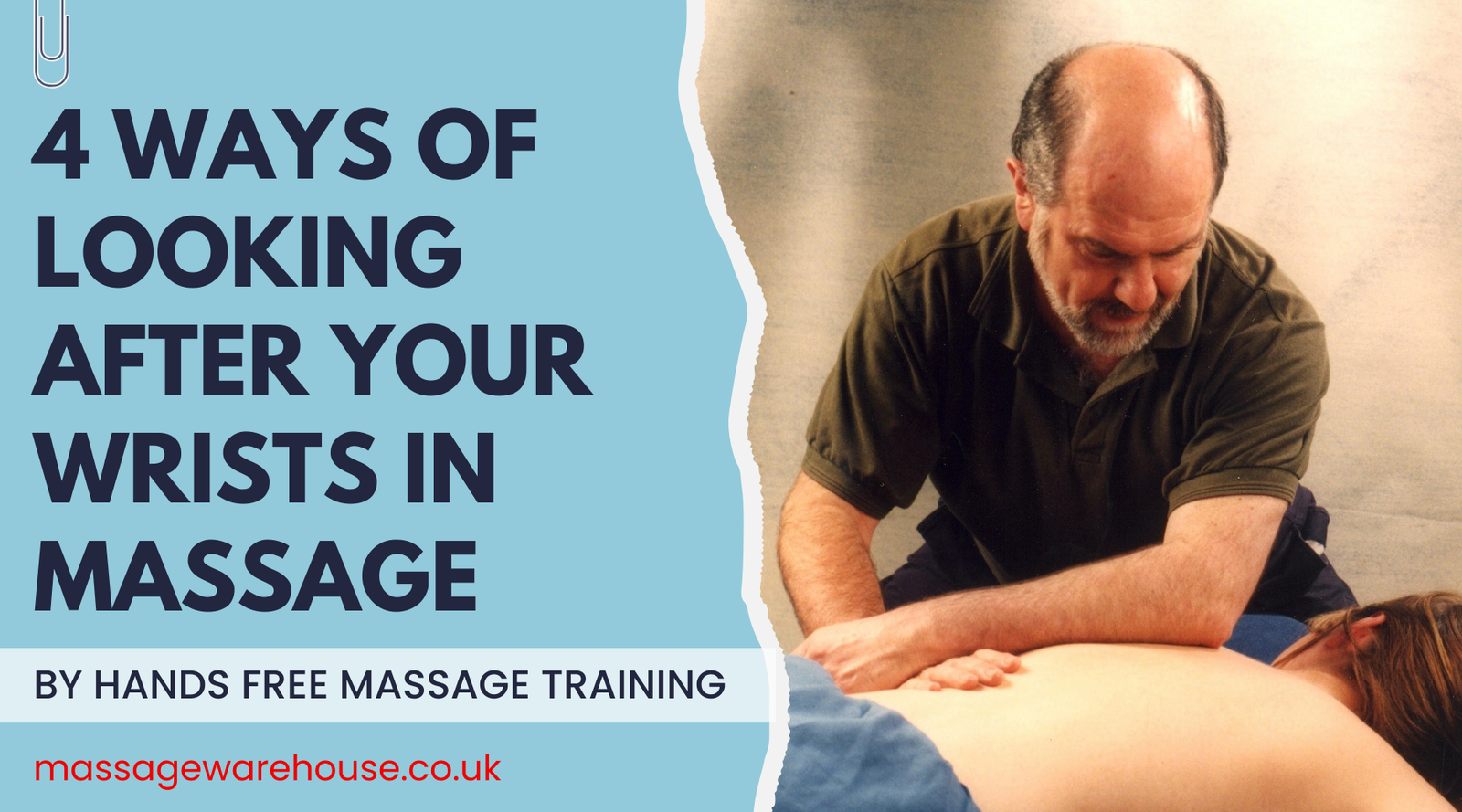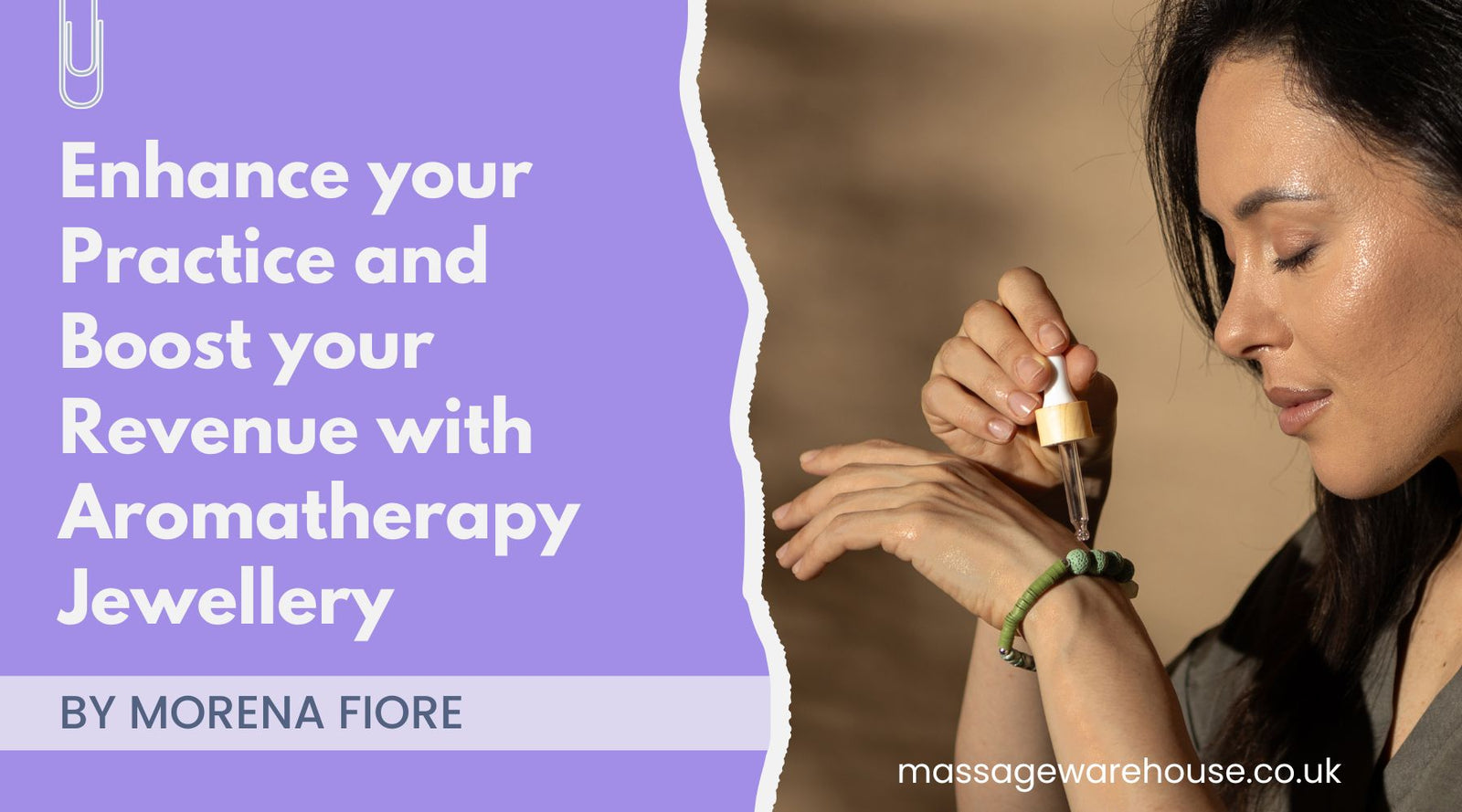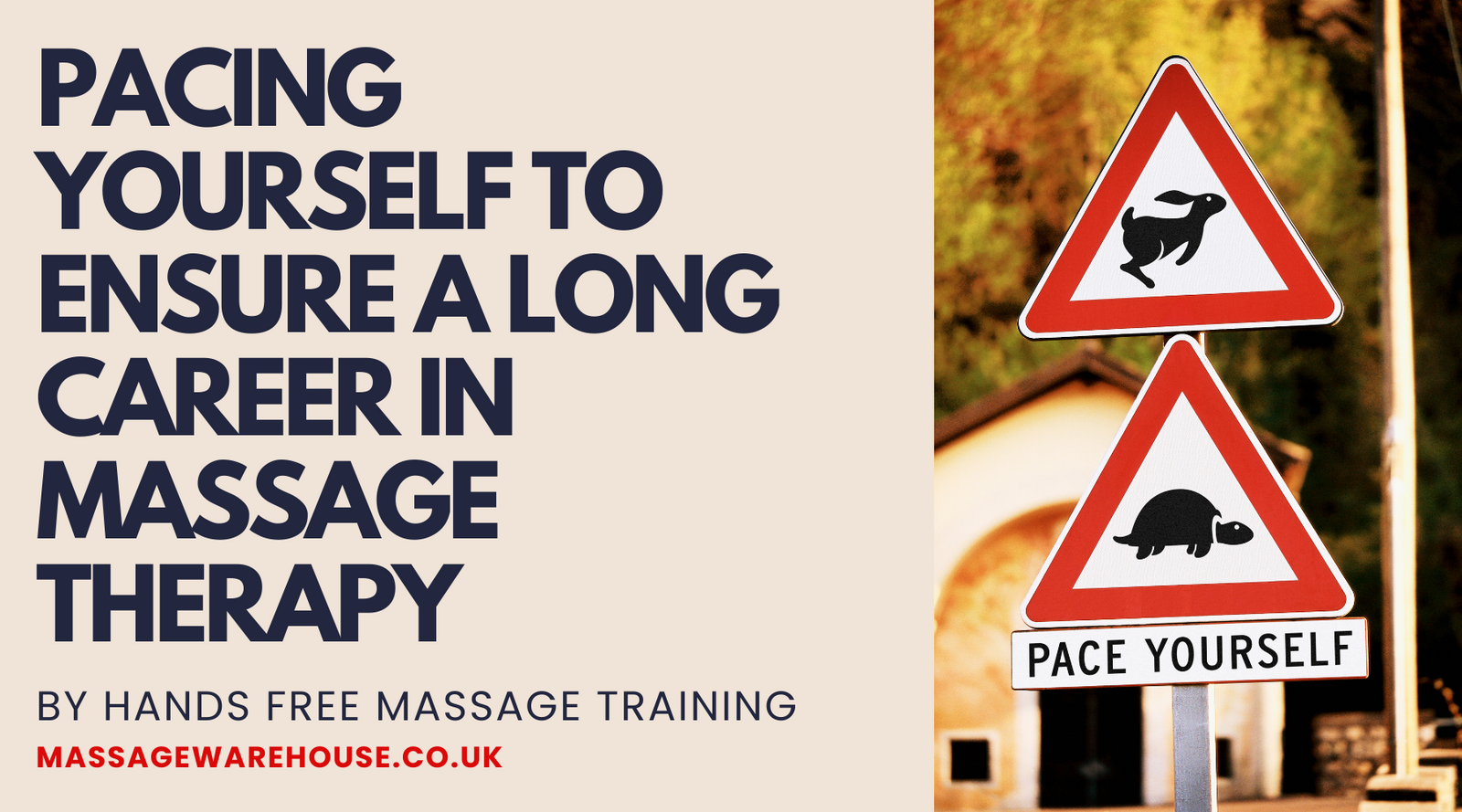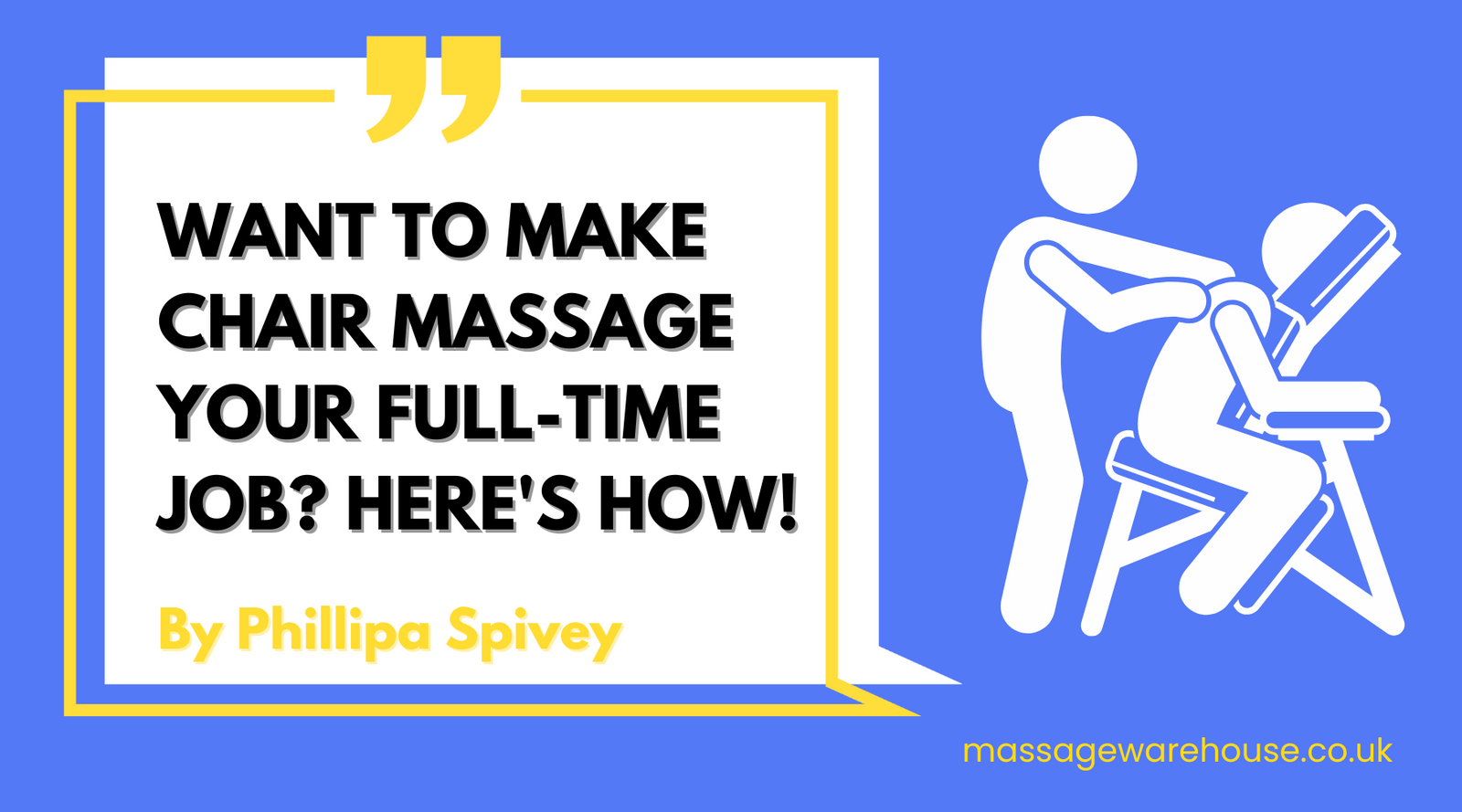Your Cart is Empty
Stable, heavy duty table, with no wobble - feels very secure. I went for the 30" table this time for extra width which has been great. Took me about 5 mins to make the decision to purchase having read the description and reviews, and I like this company. The table has been great and I would recommend it. It arrived amazingly fast in under 24 hours.
Was really happy with bolster. It is very comfortable, a great colour and the little tag makes it great to hold and transport.
Very comfortable easy moving stool but stable when sitting still. Easy to raise to a height to use for extension of clients’ arms.

















